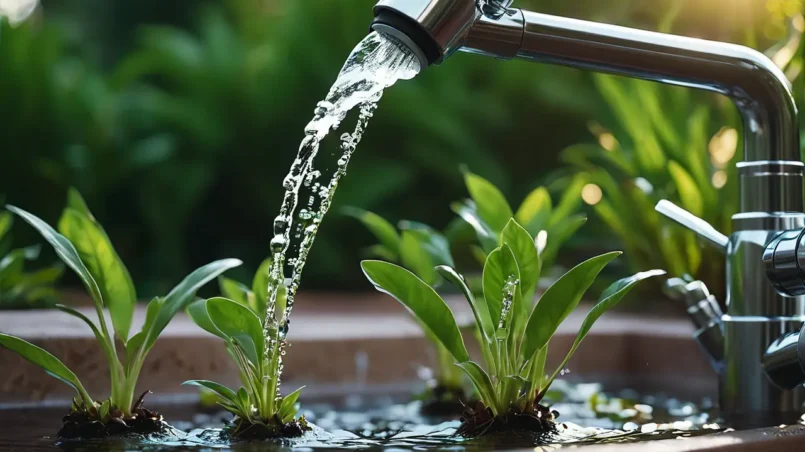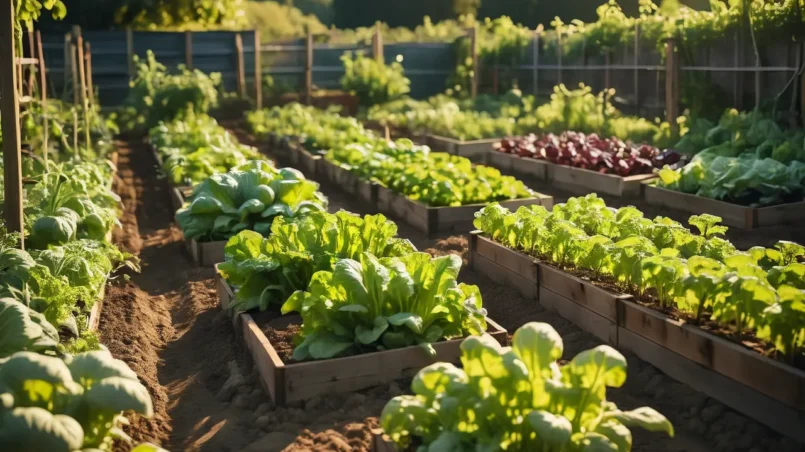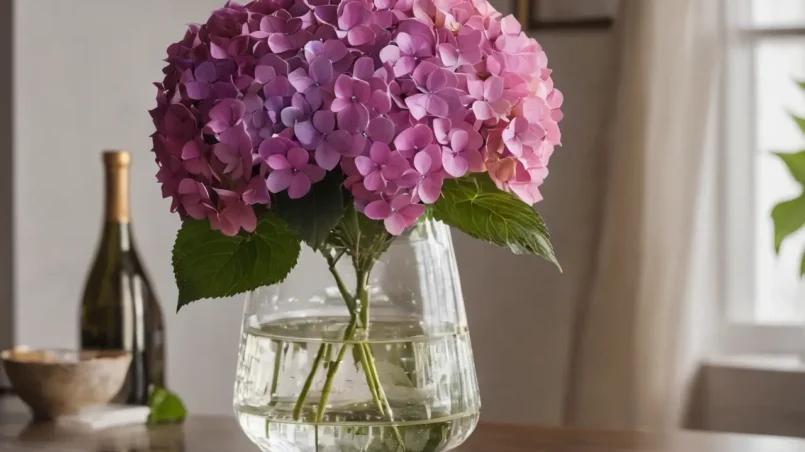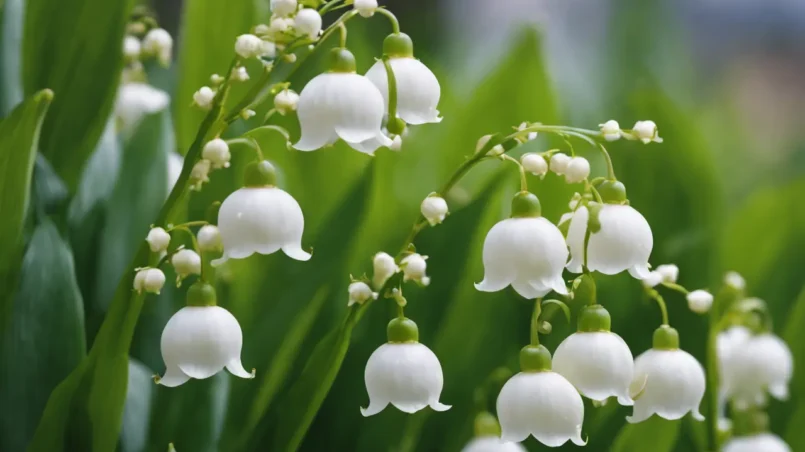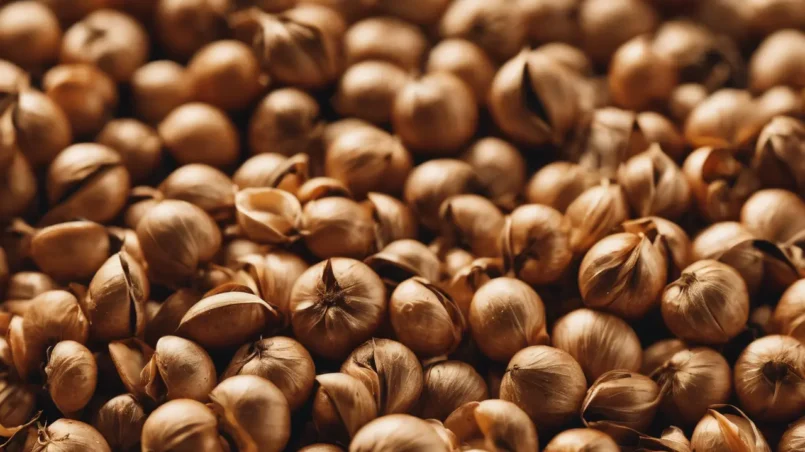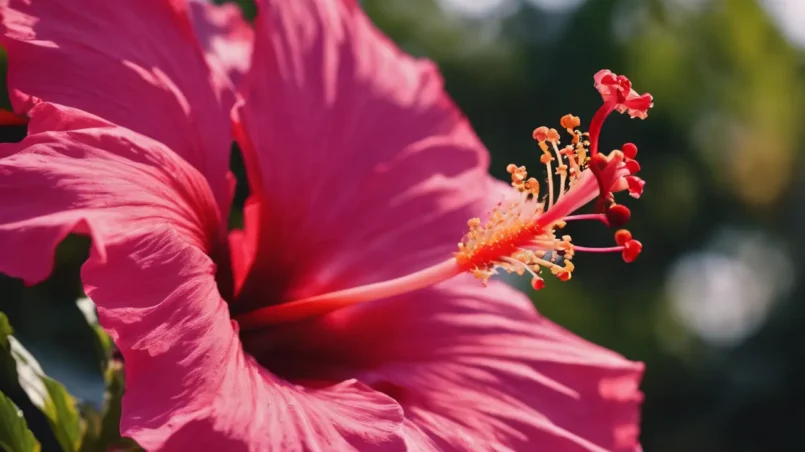Water is a vital element for plant health, but not all water is created equal. Tap water, while safe for human consumption, may contain elements harmful to plants. Chlorine, chloramine, heavy metals, and excessive minerals can adversely affect plant growth, soil health, and microbial activity. Understanding how to make tap water safe for plants is crucial for any gardener who wants to ensure their plants thrive. Your Tap Water The first step in safeguarding your plants is to understand...
The art of making rows in a garden is a foundational skill for any gardener, serving both aesthetic and practical purposes. Properly aligned rows not only enhance the visual appeal of your garden but also promote healthy plant growth, facilitate irrigation, and make weed management more efficient. This guide will walk you through the steps of planning, preparing, and creating rows in your garden, setting the stage for a bountiful harvest. Planning Your Garden Layout Before you break...
Hydrangeas, with their lush foliage and voluminous blooms, are a favorite among gardeners and floral enthusiasts alike. These flowers come in a variety of colors, each capable of turning a simple vase into a stunning centerpiece. However, keeping hydrangeas alive and vibrant in a vase requires more than just placing them in water. Understanding how to properly care for these blooms can significantly extend their vase life, ensuring they remain a delightful addition to any room. Selecting...
Convallaria majalis, commonly known as Lily of the Valley, is a perennial plant well-loved for its delicate, bell-shaped flowers and sweet fragrance. Despite its charming appearance, Lily of the Valley can be quite problematic in gardens where it is considered invasive. Its rapid spread and persistence make it difficult to control, and its toxicity poses risks to pets, children, and wildlife. This guide aims to provide effective strategies for those looking to remove or manage this plant in...
Seed germination is the process by which a seed begins to grow and sprout. The paper towel method is favored by many gardeners due to its simplicity, cost-effectiveness, and the ability to closely monitor the germination process. It’s particularly useful for seeds that require a longer time to germinate or for checking the viability of older seeds. By germinating seeds in a paper towel, you can ensure that only the seeds that have sprouted are moved to your garden or pots, saving space...
Deadheading is the process of removing faded or dead flowers from plants to encourage further blooming. For hibiscus plants, this practice is particularly beneficial, as it not only promotes a continuous display of flowers but also diverts the plant’s energy from seed production to the development of new blooms. There are two main types of hibiscus commonly found in gardens: the tropical hibiscus (Hibiscus rosa-sinensis) and the hardy hibiscus (Hibiscus moscheutos) among others. Each type...

